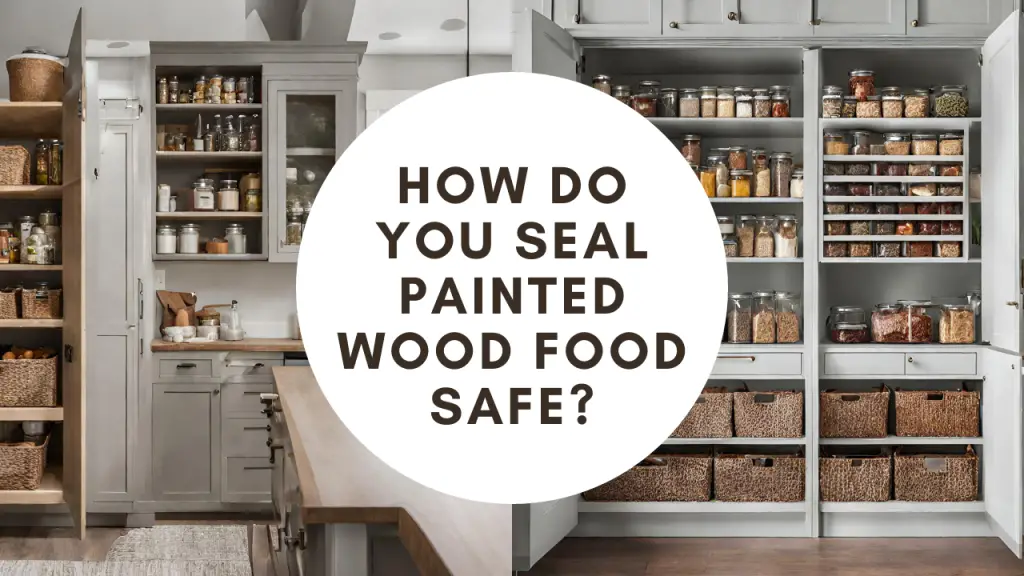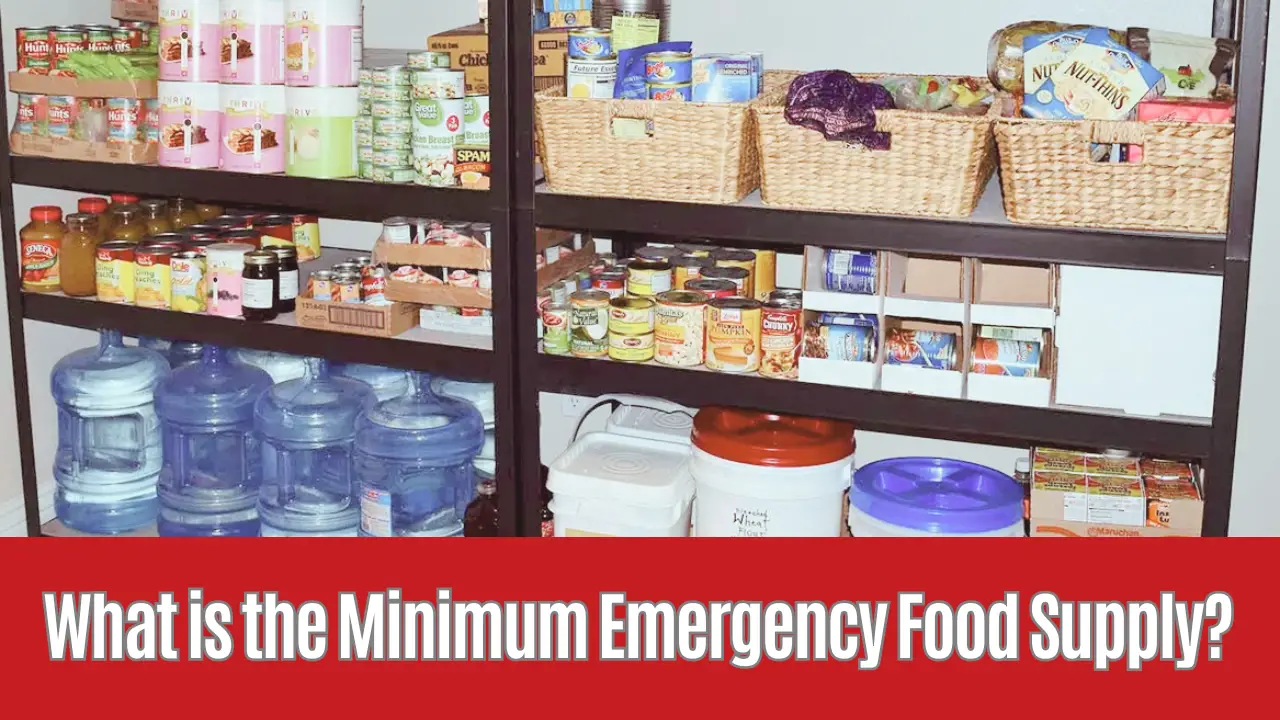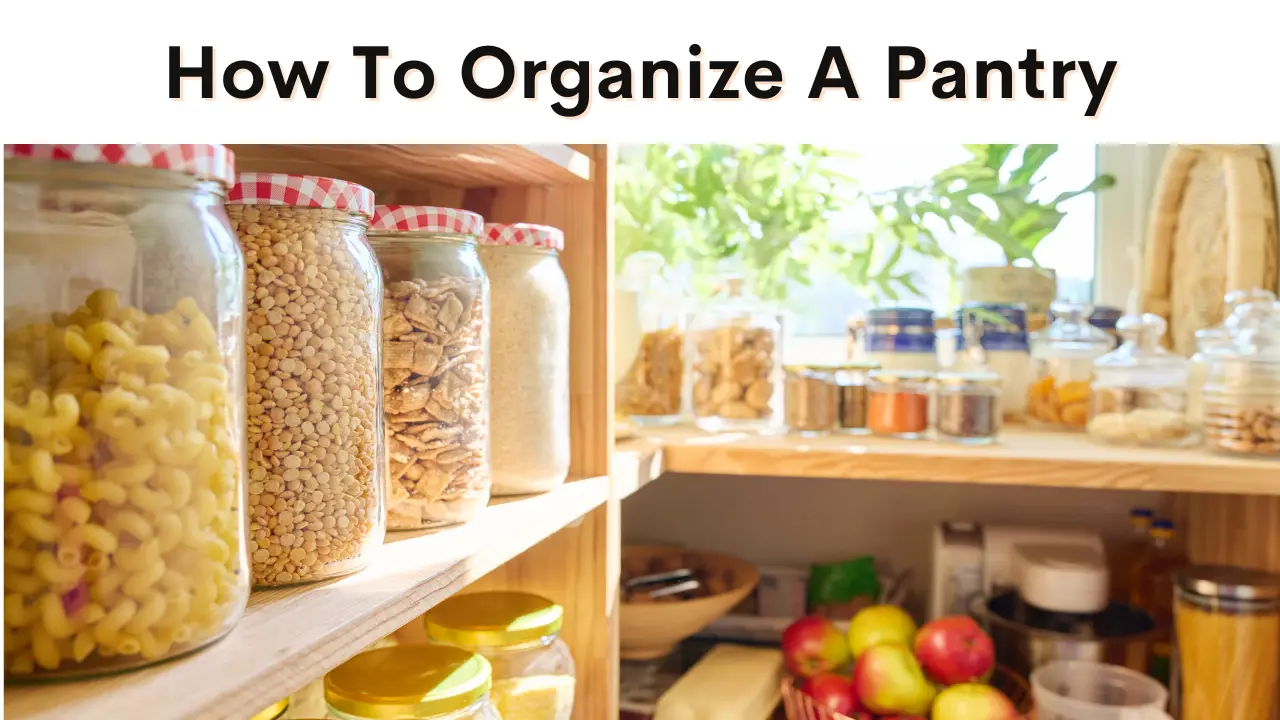Are you looking to seal painted wood to make it food-safe?
Painting wood can be a fun and creative way to personalize your kitchenware or dining furniture, but it’s important to ensure that the paint and sealant used are safe for food contact.
In this article, we will guide you through the steps to seal painted wood in a food-safe manner, so you can enjoy your creations without any worries.
How do you seal painted wood food safe? To seal painted wood for food safety, use a food-grade sealer that is labeled as safe for contact with food. Apply the sealer evenly over the painted surface, following the product’s instructions. Allow the sealed wood to fully cure before using it for food-related purposes.
When it comes to sealing painted wood to make it food safe, the first step is to choose the right paints and sealants.
Look for products that are specifically labeled as food safe, as they have been tested and approved for contact with food.
Once you have the right materials, you’ll need to prepare the wood surface by cleaning it thoroughly and sanding it to create a smooth and even base.
After the surface is prepped, apply multiple coats of the food-safe sealant, allowing sufficient drying time between each coat.
Remember, it’s important to maintain and reapply the sealant as needed to ensure ongoing protection for your painted wood surfaces.
Choose Food-Safe Paints and Sealants
If you want to ensure that your painted wood remains food safe, you’ll need to choose paints and sealants that are specifically designed for that purpose. When selecting paints, look for ones that are labeled as non-toxic and safe for use on surfaces that come into contact with food. These paints are usually made from natural ingredients and don’t contain harmful chemicals that could leach into your food.
It’s also important to check if the paint has been tested for food safety. Look for certifications or labels that indicate the paint has undergone rigorous testing to ensure it’s safe to use on food-related surfaces.
In addition to choosing non-toxic options, it’s crucial to select a sealant that is food safe. The sealant will provide an extra layer of protection for your painted wood, preventing any potential contamination from food or liquids. Look for sealants that are specifically designed for food contact surfaces. These sealants are formulated to be non-toxic and safe for use on surfaces that come into contact with food.
Make sure to read the product labels and look for any certifications or testing that indicates the sealant has been deemed food safe. By choosing the right paints and sealants, you can ensure that your painted wood remains both visually appealing and safe for food use.
Prepare the Wood Surface
To ensure a surface that is suitable for food, it’s important to properly clean and smooth the painted wooden area. Start by thoroughly cleaning the surface with a mild detergent and water. Use a sponge or cloth to gently scrub away any dirt or grime. Rinse the area with clean water and allow it to dry completely before proceeding.
Next, you’ll want to use a sanding technique to smooth out any rough areas on the painted wood. Use a fine-grit sandpaper and lightly sand the surface in a circular motion. Be sure to pay extra attention to any raised edges or uneven spots. After sanding, wipe away any dust with a damp cloth to ensure a clean surface for sealing.
To achieve a food-safe seal on your painted wood, it’s essential to properly prepare the surface. Here are four steps to follow:
- Clean the surface: Start by thoroughly cleaning the painted wood with a mild detergent and water. Remove any dirt or grime and rinse with clean water. Allow the surface to dry completely before proceeding.
- Sand the surface: Use fine-grit sandpaper to lightly sand the painted wood in a circular motion. This will help smooth out any rough areas or raised edges. After sanding, wipe away any dust with a damp cloth.
- Apply a food-safe sealant: Choose a food-safe sealant that is specifically designed for painted wood. Follow the manufacturer’s instructions for application, ensuring even and thorough coverage. Allow the sealant to dry completely before using the painted wood for food contact.
- Reapply as needed: Over time, the sealant may wear off or become damaged. To maintain a food-safe surface, periodically reapply the sealant according to the manufacturer’s recommendations.
By following these steps on how do you seal painted wood food safe, you can ensure that your painted wooden surface is properly prepared and sealed for safe use with food.
Apply Multiple Coats of Sealant
Now that you’ve prepared the surface, it’s time to layer on multiple coats of sealant for added protection and a beautiful finish. Start by choosing a food-safe sealant that’s specifically designed for wood surfaces.
There are several alternatives to traditional sealants that you can consider, such as mineral oil or beeswax. These natural options are safe for food contact and can provide a protective barrier for your painted wood.
Before applying the sealant, it’s important to test it for food safety. Take a small amount of the sealant and apply it to a hidden area of the painted wood. Let it dry for the recommended time, and then perform a food safety test. Place a small amount of food, like a piece of bread or fruit, on the sealed surface and let it sit for a few hours. If there are no adverse reactions, such as discoloration or an unpleasant taste, then the sealant is likely safe for use on your painted wood.
Once you’ve chosen a safe sealant, apply multiple coats to ensure maximum protection. Follow the manufacturer’s instructions for application and drying times between coats. Use a brush or a lint-free cloth to evenly spread the sealant over the painted wood, making sure to cover all surfaces.
Allow each coat to dry completely before applying the next one. This will help create a durable and long-lasting finish that’s both food safe and visually appealing.
Allow Sufficient Drying Time
To ensure the best results, you should let each coat of sealant dry completely before applying the next one.
This will help to ensure a smooth and even finish.
Additionally, it’s important to avoid using the wood until the sealant is fully cured to prevent any damage or smudging of the finish.
Let Each Coat Dry Completely
After allowing each coat to fully dry, you can ensure that the painted wood is food safe. This step is crucial as it allows the paint to cure properly, creating a protective barrier on the wood surface. Waiting for each coat to dry completely also prevents any potential contamination of food with wet paint, ensuring the safety of your meals.
To achieve the best results, it’s essential to understand the benefits of using food safe paints and follow some tips for achieving a smooth finish. Firstly, using food safe paints provides peace of mind, knowing that the paint won’t leach harmful chemicals into your food. Look for paints specifically labeled as food safe or non-toxic to ensure they meet the necessary standards.
Secondly, to achieve a smooth finish, make sure to sand the wood surface before painting to remove any imperfections. This will help the paint adhere better and create an even application.
Lastly, consider using a primer before applying the paint. A primer will help the paint bond to the wood and provide a more durable finish.
By following these tips, you can create a beautifully painted wood surface that’s both safe for food and aesthetically pleasing.
Avoid Using the Wood Until Fully Cured
While waiting for the paint to fully cure, it’s important to resist the temptation to use the wood. Using the wood before it’s fully cured could compromise the integrity of the finish and potentially affect the safety of the food.
The curing process allows the paint to harden and form a protective barrier on the wood surface, making it less susceptible to damage and contamination. Waiting until the paint is completely dry and cured before using the painted wood for food-related purposes is crucial. This helps to avoid scratches or marks that can harbor bacteria or other contaminants, which could then transfer to the food.
In addition to avoiding contamination, another crucial step is testing for food safety to ensure the painted wood is safe for use with food. Once the paint has fully cured, it’s recommended to perform a simple test to check if the finish is food safe. This can be done by placing a few drops of water on the painted surface and leaving it for a few minutes.
If the water beads up and doesn’t absorb into the paint, it indicates that the finish is still intact and provides a good barrier against moisture and potential contaminants. However, if the water seeps into the paint or causes any discoloration, it may be an indication that the finish is not suitable for contact with food.
In such cases, it’s advisable to consult with the manufacturer or a professional to determine the best course of action to effectively seal the painted wood and ensure its safety for food use.
Maintain and Reapply Sealant as Needed
For a food-safe seal on painted wood, simply monitor the condition of the sealant and apply a new coat as necessary. This will ensure that the painted wood remains protected and safe for food contact.
Here are three helpful tips for maintaining the sealant and choosing food safe materials:
- Regularly inspect the sealant: Take the time to examine the painted wood surface to check for any signs of wear or damage to the sealant. Look for areas where the sealant may be peeling, cracking, or chipping off. By catching these issues early on, you can prevent any potential contamination of the painted wood.
- Clean the surface before reapplying: Before applying a new coat of sealant, make sure to thoroughly clean the painted wood surface. Remove any dirt, debris, or food residues that may have accumulated. This step will ensure that the new sealant adheres properly and provides a strong barrier against moisture and contaminants.
- Choose food safe sealant materials: When selecting a sealant for painted wood, opt for materials that are specifically labeled as food safe. Look for products that are non-toxic and free from harmful chemicals. This will give you peace of mind knowing that the sealant is safe to use on surfaces that come into contact with food.
By following these tips, you can maintain a food-safe seal on painted wood and enjoy the beauty and functionality of your painted wooden items.
Conclusion
In conclusion, how do you seal painted wood food safe? If you’re looking to seal painted wood to make it food-safe, there are a few important steps to follow. First and foremost, it’s crucial to choose paints and sealants that are specifically labeled as food safe. This ensures that no harmful chemicals or toxins will come into contact with your food.
Once you’ve selected the appropriate products, it’s essential to properly prepare the wood surface by sanding it down and removing any dust or debris. This will ensure that the sealant adheres properly and provides a smooth, even finish.
When applying the sealant, be sure to apply multiple coats, allowing each coat to dry thoroughly before applying the next. This will provide a strong and durable seal that will protect the painted wood and make it safe for food contact.
After the sealant has been applied, it’s important to allow sufficient drying time before using the painted wood for food. This will ensure that the sealant has fully cured and is ready to withstand the demands of food preparation and serving.
It’s also important to regularly maintain and reapply the sealant as needed to ensure continued protection and food safety.
By following these steps and using food-safe paints and sealants, you can confidently seal painted wood and make it safe for food contact. So go ahead, get creative with your painted wood projects, and enjoy the peace of mind knowing that they’re food safe.










